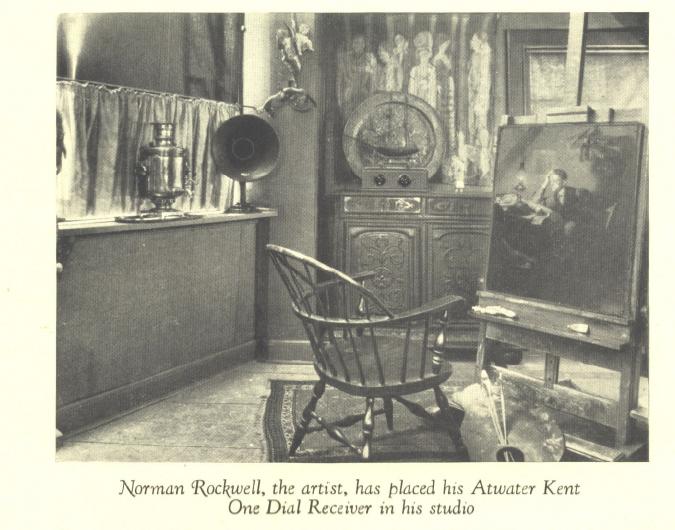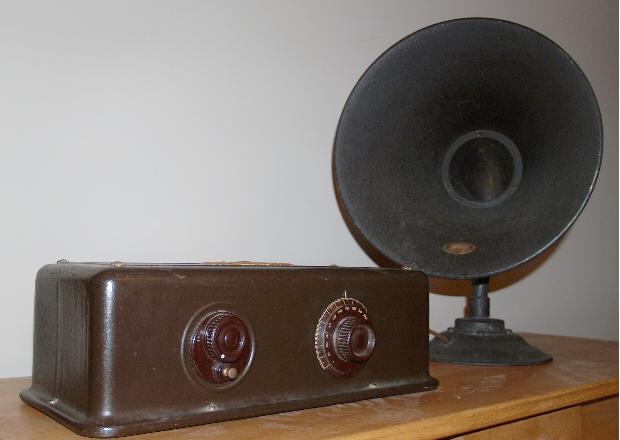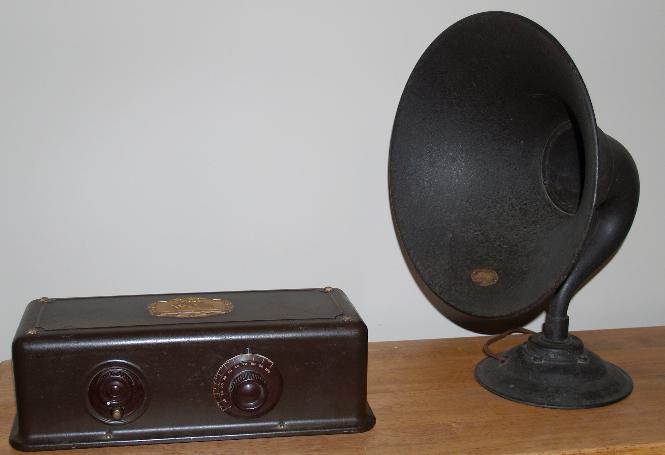

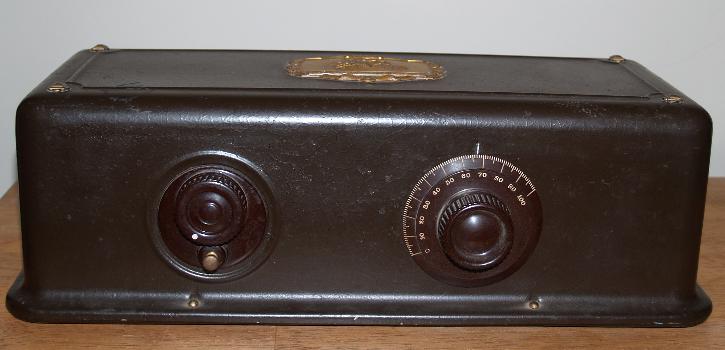
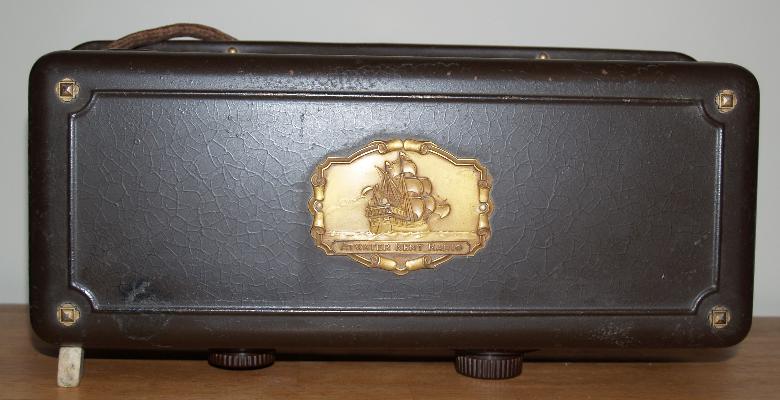
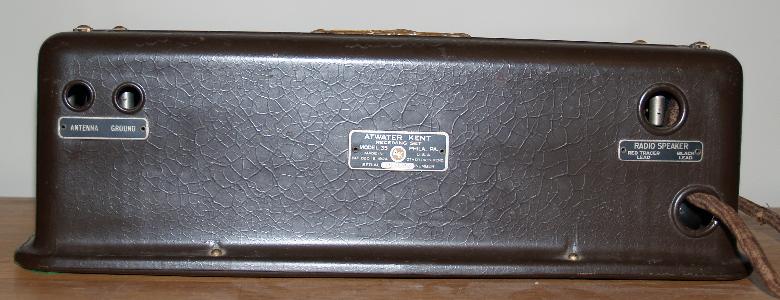
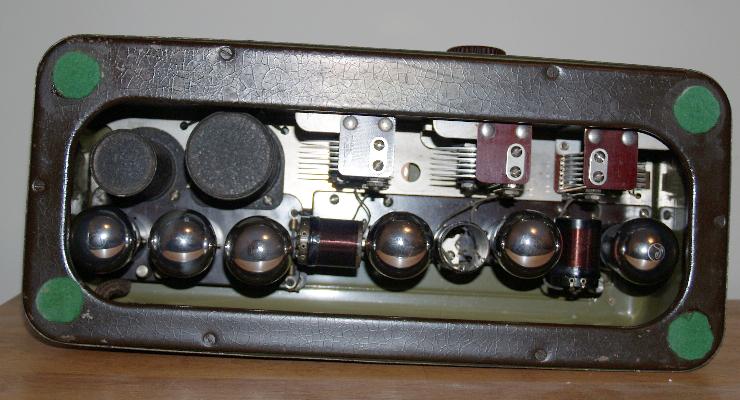
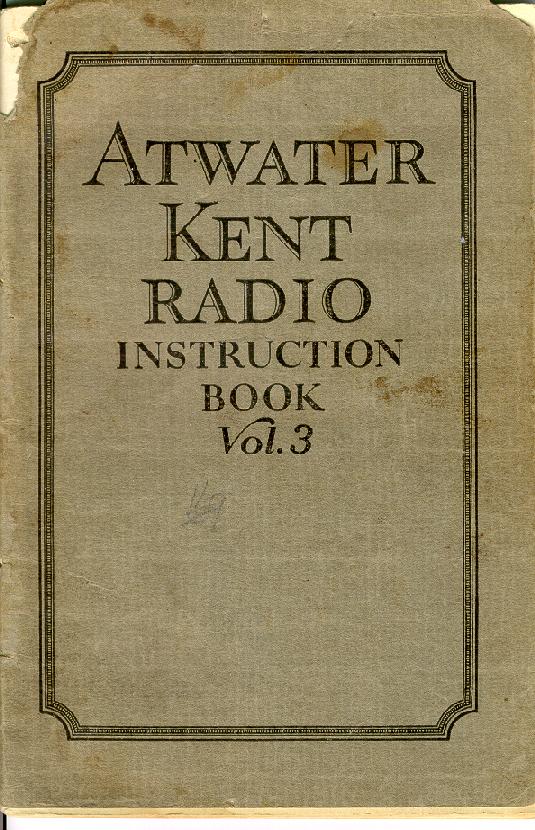 |
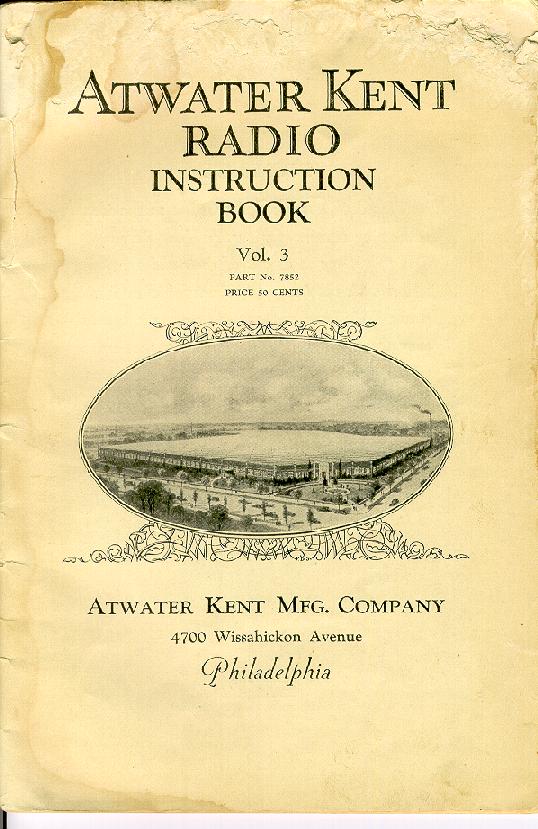 |
| Here is a page from the book showing the location of the tubes and controls for the Model 35. | 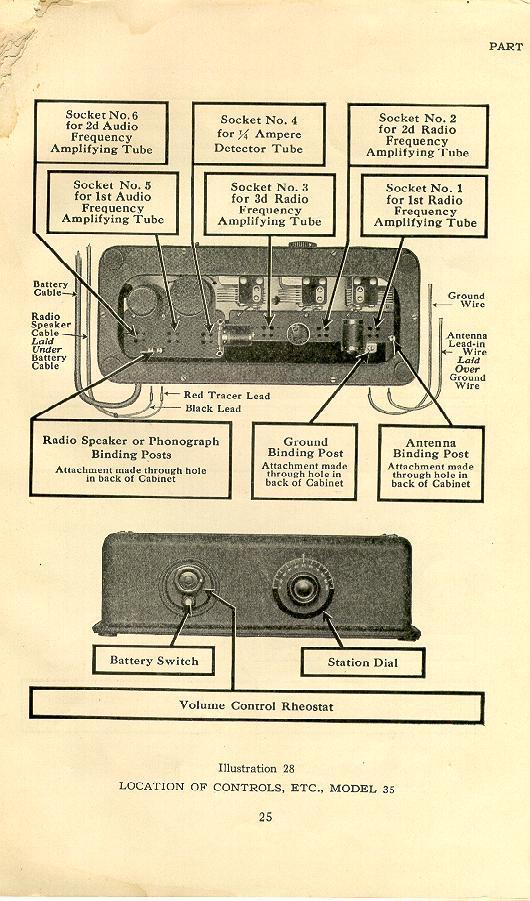 |
| Here is a page from the book showing the dial settings (in wavelengths) for the Model 35. | 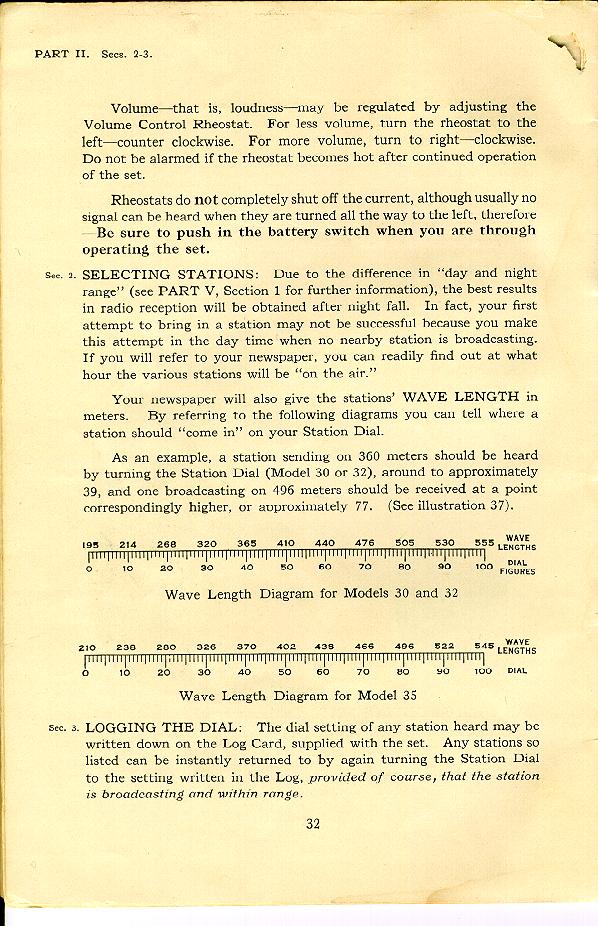 |
| Finally, here is a page from the book that shows how to hook up the cable to the batteries. Note that 4 batteries providing 5 voltages are required to operate this radio. | 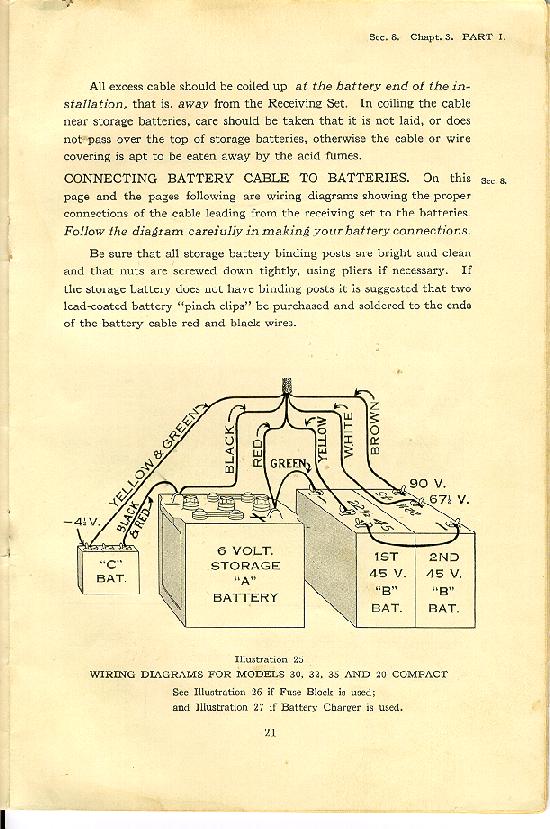 |
